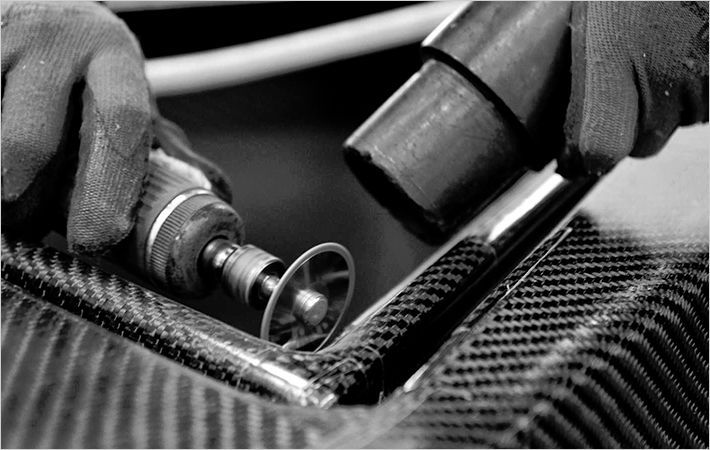Germany's SGL Group has announced that, at the beginning of July and after a five-year journey in space, the NASA's Juno spacecraft, carrying the company's ceramic component based on carbon fibre reinforced silicon carbide (C/SiC), has entered Jupiter's orbit.
The Juno spacecraft is equipped with highly accurate measuring devices. The extremely stiff sensor carrier for the magnetometer (“Magnetometer Optical Bench”) has been made from the SGL Group's optimised SIGRASIC material. It combines the non-magnetic properties needed for researching the magnetic field with the extremely demanding requirements of aerospace engineering: high thermal resistance, low density, high stiffness and strength, as well as excellent temperature, radiation, and thermal-shock resistance. Moreover, low thermal expansion paired with high thermal conductivity, is especially beneficial for ensuring the high mechanical stability required of this component under the extreme environmental conditions at Jupiter.Germany's SGL Group has announced that, at the beginning of July and after a five-year journey in space, the NASA's Juno spacecraft, carrying the company's ceramic component based on carbon fibre reinforced silicon carbide (C/SiC), has entered Jupiter's orbit. The Juno spacecraft is equipped with highly accurate measuring devices. The extremely stiff...#
Through targeted development and superior performance of the C/SiC material class, a lot of other applications for this material have materialised to date. These include C/SiC clutch discs in race cars, components for wear resistant industrial applications such as pump parts, bearing parts and charging racks, and components with complex shapes for ballistic protection (armor) and other friction applications in industry.
The potential of the high-tech material C/SiC is far from exhausted and will be continuously developed at SGL Group's central research and development facilities, offering customised solutions for specific customer needs. (GK)
Fibre2fashion News Desk - India

